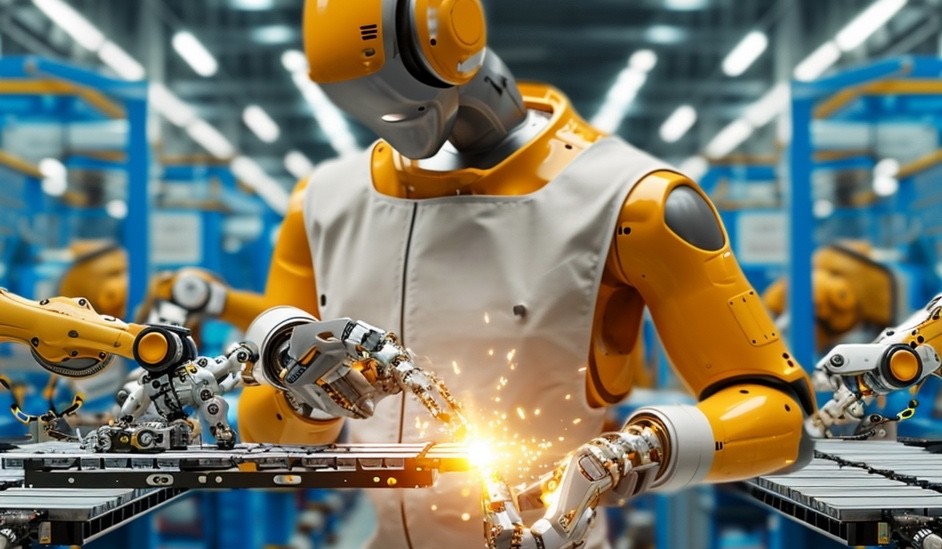
South Korea has emerged as the global leader in industrial automation, with a staggering 1,012 robots per 10,000 human employees in its manufacturing sector, according to the latest report from the International Federation of Robotics (IFR).
This unprecedented level of automation means nearly 10% of South Korea's industrial workforce consists of robotic systems. The country has maintained a steady 5% annual increase in robot adoption since 2018, setting new benchmarks for manufacturing automation worldwide.
Singapore follows as the second-most automated nation with 770 robots per 10,000 workers, while China has climbed to third place with 470 units, surpassing traditional manufacturing powerhouses Germany and Japan.
"China's achievement is particularly noteworthy given its massive manufacturing workforce of approximately 37 million people," notes IFR President Takayuki Ito. The country's rise reflects substantial investments in automation technology despite its large human labor force.
Germany and Japan now occupy fourth and fifth positions with 429 and 419 robots per 10,000 employees, respectively. The United States ranks tenth globally, with 295 robotic units per 10,000 workers.
The global landscape of industrial automation has transformed dramatically over the past seven years. The worldwide average robot density has more than doubled from 74 to 162 units per 10,000 employees in 2023, highlighting the accelerating pace of manufacturing automation across industries.
This rapid automation trend raises questions about the future of human employment in manufacturing sectors. However, it also demonstrates how countries are embracing technological advancement to maintain competitive edges in global manufacturing.
As nations continue to invest in robotic technologies, these numbers are expected to rise further, potentially reshaping the industrial workforce landscape in the coming years.